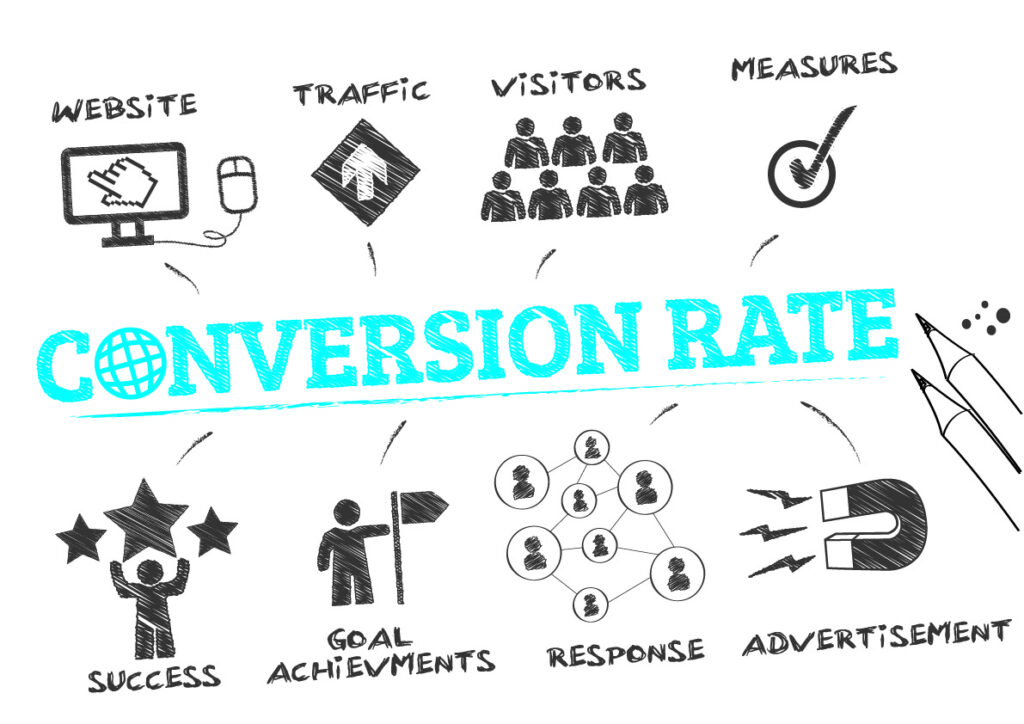Stop Losing Leads! The Ultimate MSP Website Conversion Strategy

In today’s digital-first world, having a website that generates traffic is no longer enough. For Managed IT Service Providers (MSPs), the ultimate goal is not just to attract visitors but to convert those visitors into leads and, ultimately, paying customers. The key to achieving this lies in creating a seamless experience that engages visitors, captures their information, and follows up effectively to turn interest into action.
Here’s how MSPs can set up their websites to maximize conversions and streamline the journey from visitor to customer.
1. Engage Visitors with a Chat Widget
One of the most effective ways to engage visitors immediately is by integrating a chat widget into your website. A chat widget serves as a virtual assistant, ready to answer questions, provide information, and guide visitors toward taking the next step. However, the power of a chat widget goes beyond answering FAQs:
- Lead Capture Integration: Ensure the chat widget is connected to your CRM so that every interaction creates a new lead. For example, if a visitor asks about pricing or available services, their details can be automatically stored for follow-up.
- Proactive Engagement: Use triggers to initiate chats based on visitor behavior, such as time spent on a page or specific actions like downloading a brochure.
By making it easy for visitors to get the answers they need, you’re also making it easier to collect their information and convert them into leads.
2. Simplify Appointment Booking with a Calendar Integration
Many website visitors are ready to engage but don’t want the hassle of back-and-forth emails or phone calls. Including a calendar integration for discovery call booking is a game-changer:
- Real-Time Scheduling: Visitors can view your availability and book a call on the spot.
- Automatic Lead Creation: Integrate your calendar tool with your CRM to ensure every booking creates a new lead with the visitor’s details.
- Personalized Follow-Ups: Use the information collected during booking to send customized reminders and relevant content before the meeting.
With a streamlined appointment booking process, you reduce friction and make it easier for prospects to connect with you.
3. Offer High-Value Lead Magnets
A lead magnet, such as an eBook, whitepaper, or checklist, is an excellent way to capture the contact information of website visitors. The key is to make the lead magnet highly relevant and valuable to your target audience. For MSPs, examples could include:
- “10 Questions to Ask Before Choosing an MSP”
- “The Ultimate Guide to Securing Your Business IT”
- “How to Reduce Downtime with Proactive IT Solutions”
Once a visitor downloads the lead magnet, the system should automatically:
- Create a new lead in your CRM.
- Trigger a follow-up email sequence that nurtures the lead with additional valuable content.
- Provide a call-to-action, such as scheduling a consultation or signing up for a webinar.
4. Automated Follow-Up Systems
Converting traffic into leads is only the first step; following up effectively is what turns leads into customers. Automated follow-up systems ensure that no lead falls through the cracks. Here’s how MSPs can leverage automation:
- Email Sequences: Set up a series of emails tailored to the lead’s actions on your site. For instance, a lead who downloads an eBook could receive follow-up emails discussing related topics and offering additional resources.
- SMS Reminders: For leads who book appointments, send automated SMS reminders to reduce no-shows.
- Behavior-Based Triggers: If a lead revisits your pricing page or spends time on your services section, trigger a personalized email or call from your sales team.
5. Optimize Your Website for Conversions
To ensure all these elements work seamlessly, your website needs to be optimized for conversions. Key features include:
- Clear Calls-to-Action (CTAs): Use compelling CTAs like “Book a Free Consultation” or “Download Your Free Guide” prominently on your homepage and service pages.
- Landing Pages: Create dedicated landing pages for specific campaigns, ensuring they’re focused on a single goal with minimal distractions.
- Mobile Responsiveness: Many visitors will access your site from mobile devices. Ensure the user experience is seamless across all screen sizes.
- Fast Loading Speeds: A slow website can lead to high bounce rates. Optimize images and use reliable hosting to ensure quick loading times.
6. Measure and Refine Your Strategy
Lastly, it’s essential to monitor your website’s performance and make data-driven improvements. Use tools like Google Analytics and your CRM’s reporting features to track metrics such as:
- Conversion rates for chat interactions, lead magnets, and calendar bookings.
- Bounce rates on key pages.
- Time spent on site and popular content.
By analyzing this data, you can identify what’s working and refine your strategy to improve results over time.
Conclusion
For MSPs, a website is more than just a digital storefront; it’s a powerful tool for generating and converting leads. By integrating features like chat widgets, calendar booking systems, and automated follow-ups, you can create a seamless experience that turns visitors into customers. When your website is set up to engage, capture, and nurture leads effectively, you’ll not only grow your business but also set yourself apart from the competition.
MSP Hub HQ provides all the branded lead magnets, marketing material, and email messages, along with pre-built campaigns that are ready to go on day one. Additionally, MSP Hub HQ will implement everything for you or provide step-by-step instructions to ensure seamless integration with your website.
Take a proactive approach today and ensure your website isn’t just generating traffic but converting it into tangible results.

